Home>diy>Home Improvement>How Much To Spend On House Renovation
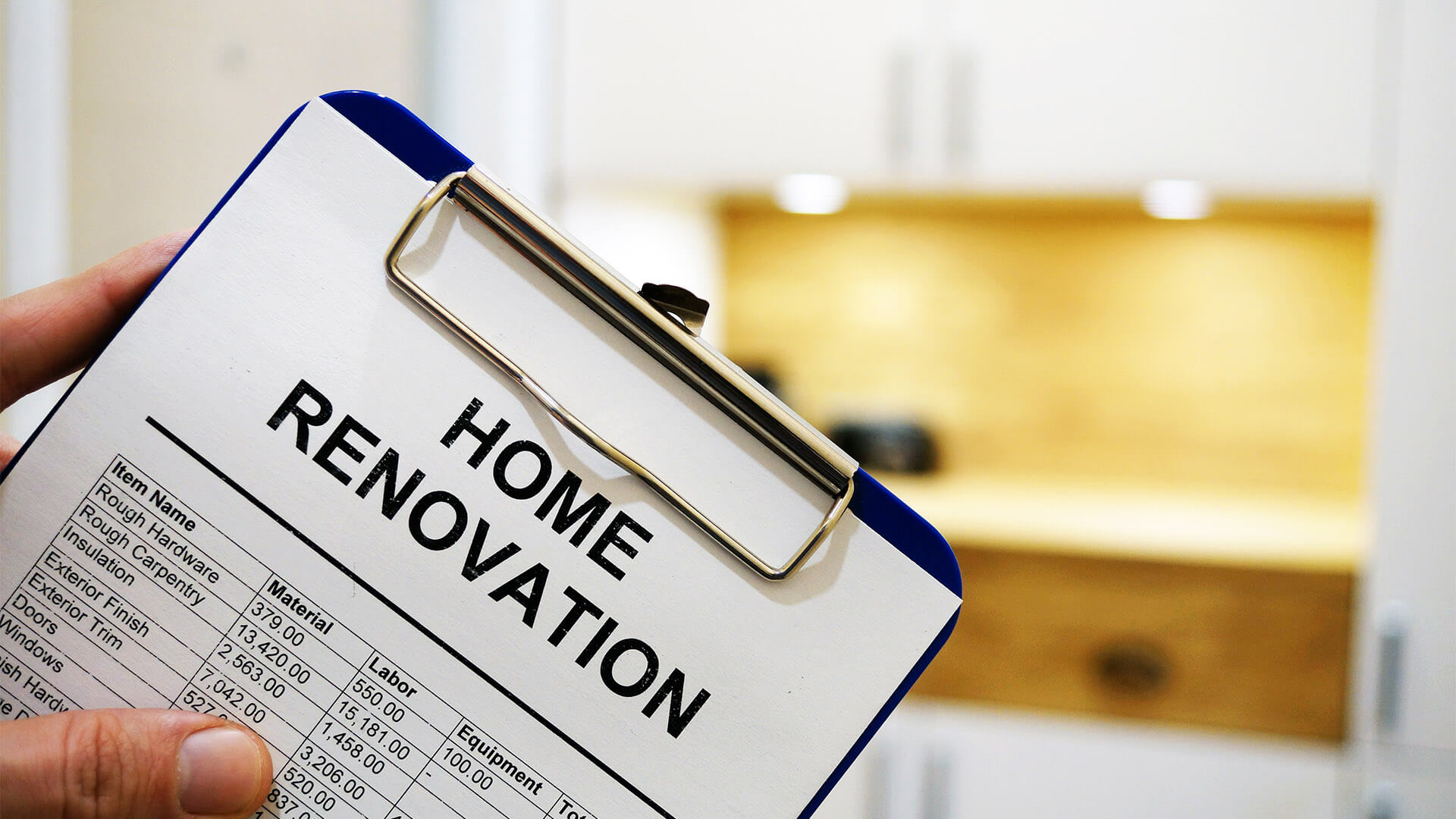

Home Improvement
How Much To Spend On House Renovation
Modified: March 1, 2024
Wondering how much to spend on your home renovation? Get expert advice and tips on budgeting for your home improvement project.
(Many of the links in this article redirect to a specific reviewed product. Your purchase of these products through affiliate links helps to generate commission for Storables.com, at no extra cost. Learn more)
Introduction
Welcome to the world of home renovation! Whether you’re looking to spruce up your living space, increase the value of your home, or simply enhance its functionality, a house renovation can be an exciting and rewarding endeavor. However, before diving into this adventure, it’s crucial to establish a well-thought-out budget that will guide you throughout the renovation process.
Why is budgeting for house renovation so important, you may ask? Well, by setting a realistic budget, you can effectively manage your expenses, avoid unnecessary financial strain, and ensure that your project stays on track. Just like any financial undertaking, it’s crucial to plan wisely so that you can reap the benefits without overextending yourself.
In this article, we will delve into the importance of budgeting for house renovation, explore the factors to consider when determining your renovation budget, discuss the average costs associated with different types of house renovations, compare the costs of hiring professionals versus taking the DIY route, highlight the importance of allocating budget for materials and labor, explain the significance of having a contingency fund, provide tips for saving money without compromising quality, and finally, discuss financing options for house renovation.
So, let’s roll up our sleeves and get ready to create a budget that will transform your house renovation dreams into a reality!
Key Takeaways:
- Budgeting for house renovation is crucial for financial planning, avoiding overspending, and maximizing return on investment. It provides peace of mind and negotiating power, ensuring a successful and stress-free project.
- Careful consideration of materials and labor costs, along with setting aside a contingency fund, is essential for effective budget allocation. By implementing cost-saving tips and exploring various financing options, you can achieve a beautiful home renovation within your financial means.
Importance of Budgeting for House Renovation
Embarking on a house renovation project without a well-defined budget is like setting sail without a compass. Budgeting is an essential step that sets the foundation for a successful renovation. Here are some key reasons why budgeting is so important:
1. Financial Planning: Creating a budget allows you to assess your financial situation and determine how much you can afford to spend on your renovation project. It helps you prioritize your expenses and make informed decisions about where to allocate your resources.
2. Avoiding Overspending: Without a budget, it’s easy to get carried away and overspend, causing unnecessary financial stress. Setting a realistic budget helps you maintain control over your expenses and prevents you from going overboard.
3. Maximizing Return on Investment: Renovations are often undertaken to increase the value of a property. By establishing a budget, you can focus on projects that offer the highest return on investment (ROI). This ensures that you allocate your funds wisely and make improvements that will have a positive impact on your home’s value.
4. Decision Making: A budget acts as a roadmap for your renovation project. It helps you make informed decisions about the scope of work, materials, and finishes. With a budget in place, you can confidently choose between different options and prioritize your needs and wants.
5. Controlling Project Scope: Budgeting allows you to set realistic expectations and avoid taking on more than you can handle. It helps you define the scope of your renovation based on your available resources, ensuring that you don’t end up with unfinished or half-done projects.
6. Managing Cash Flow: Renovations often involve multiple payments to contractors, suppliers, and vendors. A budget helps you plan and manage your cash flow effectively, ensuring that you have sufficient funds for each phase of the project.
7. Negotiating Power: Knowing your budget gives you negotiating power when working with contractors and suppliers. It allows you to compare quotes, negotiate prices, and make informed decisions based on cost and quality.
8. Peace of Mind: When you have a well-planned budget, you can approach your renovation project with a sense of calm and confidence. You’ll have peace of mind knowing that you have a financial plan in place, and you’re not jeopardizing your overall financial stability.
Overall, budgeting is crucial for a successful house renovation project. It helps you make informed decisions, avoid overspending, and maximize your return on investment. By creating a realistic budget, you can embark on your renovation journey with confidence and achieve the results you desire.
Factors to Consider when Determining your Renovation Budget
Creating a renovation budget requires careful consideration of various factors to ensure that you accurately estimate the costs involved. Here are some key factors to consider when determining your renovation budget:
1. Scope of Work: The extent of your renovation project greatly impacts the budget. Determine whether you’re doing a full-scale remodel or focusing on specific areas, such as the kitchen or bathroom. Consider the size of the space, the complexity of the work, and the materials and finishes you plan to use.
2. Goals and Priorities: Clearly define your goals for the renovation and prioritize them. Identify what aspects of your home are most important to you and allocate a larger portion of your budget to those areas.
3. Research and Planning: Conduct thorough research to gather information about the average costs of similar renovation projects. Take the time to create a detailed plan, considering factors such as layout changes, electrical and plumbing requirements, and any necessary permits.
4. Quality of Materials and Finishes: The quality of materials and finishes you choose significantly impacts the budget. Decide whether you want high-end, premium products or more budget-friendly options. Keep in mind that some materials may require additional maintenance or replacement in the long run.
5. Labor Costs: Labor costs can vary based on geographic location, scope of work, and the expertise of the professionals you hire. Obtain multiple quotes from contractors and tradespeople and consider their experience and qualifications before making a decision.
6. Hidden Costs and Contingencies: It’s important to factor in potential hidden costs and include contingencies in your budget. Renovations often uncover unexpected issues such as mold, structural damage, or outdated electrical wiring. Allocating a contingency fund of around 10-15% of your total budget can help cover these unforeseen expenses.
7. Timeline: The duration of your renovation project can impact the overall cost. If you’re planning to live elsewhere during the renovation, you’ll need to factor in the cost of temporary accommodation. Additionally, consider the impact on your daily routine and possible income loss if you’re working from home during the renovation.
8. Green and Energy-Efficient Practices: Incorporating sustainable and energy-efficient measures can impact your budget. While these options may have a higher upfront cost, they can result in long-term savings through reduced energy bills.
9. DIY vs. Hiring Professionals: Decide whether you’ll be taking a DIY approach or hiring professionals for certain aspects of the renovation. DIY can save money, but it’s important to assess your skills and the time commitment required. For complex tasks or specialized skills, hiring professionals may be more cost-effective in the long run.
By taking these factors into consideration, you can more accurately determine your renovation budget and avoid any unexpected financial surprises along the way. Remember to be realistic about your expectations and consult with professionals to ensure your budget aligns with your goals.
Average Costs for Different Types of House Renovations
House renovations can vary widely in terms of scope and complexity, which in turn affects the overall cost. Below are average cost ranges for different types of house renovations:
1. Kitchen Renovation: A kitchen renovation is one of the most popular and impactful projects. On average, a minor kitchen remodel can cost anywhere between $10,000 to $30,000, while a major renovation can range from $30,000 to $60,000 or more. Factors that influence the cost include the size of the kitchen, quality of materials, appliances, and any structural changes or plumbing upgrades.
2. Bathroom Renovation: A bathroom renovation can range from a basic upgrade to a complete overhaul. A small bathroom remodel typically averages between $5,000 to $15,000, while a larger bathroom renovation can cost anywhere from $15,000 to $40,000 or more. The cost depends on the complexity of the work, the quality of fixtures and finishes, and any plumbing or electrical modifications required.
3. Basement Remodel: Converting a basement into usable living space is becoming increasingly popular. The cost of a basement remodel can vary greatly depending on factors such as the size of the basement, the level of finishes, the need for waterproofing or additional insulation, and any structural modifications. On average, a basic basement remodel can start at $20,000, while a high-end renovation can reach $50,000 or more.
4. Home Addition: Adding square footage to your home requires careful planning and budgeting. The cost of a home addition can vary significantly depending on factors such as the size of the addition, the complexity of the design, the materials used, and any necessary permits. On average, expect to spend around $100 to $200 per square foot for a basic addition, and up to $300 or more for a high-end addition.
5. Roof Replacement: A new roof is a significant investment and helps protect your home from the elements. The cost of a roof replacement depends on the size and slope of the roof, the type of material used (such as asphalt shingles, metal, or tile), and any additional work required, such as removing existing layers or repairing structural damage. On average, a roof replacement can range from $5,000 to $15,000 or more.
6. Exterior Upgrades: Enhancing the curb appeal and exterior of your home can range from simple updates to more extensive renovations. Average costs for exterior upgrades include painting ($1,500 to $5,000), siding replacement ($7,000 to $25,000), and landscaping ($3,000 to $10,000), depending on the scope and materials involved.
7. Whole House Renovation: For those looking to renovate their entire home, costs can vary significantly depending on the size of the property, the level of finishes, and the extent of the work. On average, a whole house renovation can range from $50,000 to $200,000 or more, depending on the scope and complexity of the project.
It’s crucial to note that these cost ranges are rough estimates and can vary widely based on factors such as location, quality of materials, and the specific requirements of your project. Obtaining detailed quotes from contractors and professionals is the best way to determine the precise cost for your unique renovation project.
Hiring Professionals vs DIY Renovation: Cost Comparison
When it comes to house renovation, one important decision to make is whether to hire professionals or take the do-it-yourself (DIY) approach. While both options have their advantages and drawbacks, it’s crucial to consider the cost implications before making a decision. Let’s compare the costs of hiring professionals versus undertaking a DIY renovation:
Hiring Professionals:
1. Expertise and Quality: Hiring professionals ensures that you benefit from their expertise and experience. They have the skills to handle complex tasks, such as electrical and plumbing work, which can be challenging for DIY enthusiasts. This leads to a higher quality finish and reduces the likelihood of costly mistakes that may require additional fixes.
2. Time Savings: Professionals work efficiently and can complete the renovation in a shorter timeframe compared to DIY projects. This is especially important if you have time constraints or if the renovation interferes with your daily routine. Time savings can also translate into cost savings by minimizing downtime and avoiding unnecessary expenses.
3. Contractor Networks: Professionals often have established relationships with suppliers, tradespeople, and contractors, allowing them to secure better pricing on materials and services. This can lead to cost savings on your renovation budget.
4. Insurance and Warranties: Hiring professionals provides the added benefit of insurance coverage and warranties. Should anything go wrong during or after the renovation, you have the reassurance of financial protection. This can save you money in the event of unforeseen damages or issues that require further repairs.
DIY Renovation:
1. Cost Savings: One of the primary reasons people choose the DIY route is the potential cost savings. By eliminating labor fees, you can reduce the overall cost of your renovation project. However, it’s important to consider your own skill level and the complexity of the task, as mistakes can end up costing more in the long run.
2. Flexibility and Control: DIY renovations allow for greater flexibility and control over the project. You can choose when to work on the renovation, make design decisions based on your preferences, and have full control over the process. This sense of ownership and personalization can be appealing for many homeowners.
3. Learning and Personal Development: Undertaking a DIY renovation can provide an opportunity to learn new skills and broaden your knowledge of home improvement. However, keep in mind that the learning curve can be steep, and mistakes can be costly. It’s essential to evaluate your capabilities realistically and consider the potential risks involved.
It’s important to weigh the pros and cons of hiring professionals versus DIY renovation based on your specific circumstances and the nature of the project. For complex tasks, such as electrical or structural work, it’s generally recommended to hire professionals to ensure safety and compliance. For smaller, more straightforward projects, DIY renovation may be a viable option.
Ultimately, the cost of hiring professionals versus DIY renovation can vary depending on the scope of work, your skill level, and the time and resources available. It may be beneficial to consult with professionals for specific aspects of the project, such as plumbing or electrical work, while handling other tasks on your own. By finding the right balance and making informed decisions, you can achieve a successful renovation within your budget.
Before starting a house renovation, set a budget that is realistic and includes a buffer for unexpected costs. A common rule of thumb is to allocate 1-5% of the home’s value for renovations.
Read more: How Much Should You Spend On A Mattress?
Allocating Budget for Materials and Labor
When determining your renovation budget, it’s crucial to consider both materials and labor costs. Allocating an appropriate amount for each aspect ensures that you have a realistic estimate and prevents any financial surprises down the line. Here are some key factors to consider when allocating your budget for materials and labor:
Materials:
1. Research and Compare Prices: Take the time to research different materials and compare prices from various suppliers. Look for the best combination of quality and affordability to ensure that you get value for your money. Keep in mind that prices can vary significantly based on factors like brand, material type, and quantity.
2. Quantity and Coverage: Determine the amount of material you’ll need based on measurements and project requirements. Be cautious not to underestimate or overestimate, as both scenarios can lead to budgetary issues. Consult with professionals or knowledgeable suppliers to calculate accurate quantities and ensure sufficient coverage.
3. Quality: Consider the quality of materials you want to use for your renovation project. While high-end materials often come with a higher price tag, they may offer better durability and aesthetic appeal. Balance your budget by prioritizing quality in areas that have the most impact while seeking more affordable options for less conspicuous aspects.
4. Allowance for Overages: It’s wise to set aside a buffer for unexpected costs or overages in material expenses. This can account for variations in pricing, unexpected project changes, or the need for additional materials due to errors or changes in design. A general rule of thumb is to allocate around 10-15% of your total material budget as a contingency.
Labor:
1. Obtain Multiple Quotes: Seek quotes from several contractors or professionals to compare labor costs. Consider their experience, reputation, and previous work to make an informed decision. Don’t automatically choose the cheapest option; instead, weigh the cost against the quality of work and the level of expertise.
2. Complexity of Work: Labor costs vary depending on the complexity of the renovation project. Tasks that require specialized skills or involve intricate details may have higher labor expenses. Discuss the scope of work with contractors to understand the time, effort, and skill required, allowing for a more accurate estimate of labor costs.
3. Timing and Availability: The availability of contractors and the timeline of your renovation can impact labor costs. Contractors may charge higher rates during peak seasons when demand is high. Alternatively, scheduling your renovation during their offseason or agreeing to flexible timing may lead to cost savings.
4. Contracts and Payment Terms: Clarify the terms of the contract with your contractor before initiating the renovation. Understand what is included in their services, such as permits, disposal of waste, and clean-up. Clarify payment schedules and milestones to ensure a transparent process and avoid any financial surprises.
By carefully considering the cost of materials and labor, you can allocate your renovation budget effectively. Remember to research, compare prices, and obtain multiple quotes to make informed decisions while balancing costs and quality. Keep in mind that unexpected expenses may arise, so maintaining a contingency fund is essential. With proper budget allocation, you are on your way to a successful renovation project without breaking the bank.
Contingency Fund: Why You Need It and How Much to Set Aside
A contingency fund is an essential component of any house renovation budget. It serves as a safety net, providing financial protection in case of unexpected expenses or changes during the renovation process. Here’s why you need a contingency fund and how much you should set aside:
Why You Need a Contingency Fund:
1. Unforeseen Issues: Renovations often uncover hidden problems that were not visible during the initial assessment. These can include structural issues, plumbing or electrical problems, or even the discovery of mold or asbestos. Having a contingency fund allows you to address these unexpected issues without derailing your entire renovation project or going over budget.
2. Design Changes: Sometimes, during the renovation process, you may decide to make design changes or upgrades. These modifications can result in additional costs. With a contingency fund, you have the financial freedom to make these changes without feeling constrained by your original budget.
3. Supplier or Contractor Delays: Delays in material delivery or unforeseen complications with contractors can disrupt your renovation timeline. A contingency fund can help cover any additional costs associated with these delays, such as storage fees, extended rental of temporary accommodation, or rescheduling of tradespeople.
4. Code Compliance and Permits: Occasionally, renovations may require unexpected permits or modifications to meet building code requirements. These additional expenses can easily put a strain on your budget if you’re not prepared. A contingency fund ensures you have the funds to meet these compliance needs.
How Much to Set Aside:
The ideal amount to set aside in your contingency fund varies depending on the scope and scale of your renovation project. A common recommendation is to allocate 10-15% of your total renovation budget as a contingency. This percentage provides a reasonable cushion for unforeseen expenses without significantly impacting your overall budget.
For smaller, less complex projects, a 10% contingency may be sufficient. However, for larger, more involved renovations or projects that involve older homes or extensive structural changes, it’s wise to lean towards a higher end of the range and allocate 15% or more to cover any potential contingencies.
Keep in mind that while a contingency fund is crucial, it should not become a slush fund that allows for unnecessary splurges or changes in the design. Its purpose is to address legitimate unexpected expenses that may arise during the renovation process.
Throughout the renovation, it’s important to track your expenses and adjust your budget accordingly. If you dip into your contingency fund, be mindful of the impact on the overall project budget and ensure that any additional costs remain within reason.
By creating a contingency fund and setting aside a realistic amount, you can protect yourself from unexpected financial strain and ensure that your renovation project stays on track, ultimately leading to a successful and stress-free outcome.
Tips for Saving Money without Compromising Quality
Renovating your home doesn’t have to break the bank. With some careful planning and strategic decision-making, you can save money on your renovation project without compromising on quality. Here are some tips to help you achieve cost savings:
1. Set a Realistic Budget: Start by establishing a well-defined budget for your renovation project. Determine your maximum spending limit and allocate funds to different aspects of the renovation. This way, you can prioritize your expenses and make informed decisions about where to save and where to splurge.
2. Research and Compare Prices: Take the time to research and compare prices for materials, fixtures, and finishes. Look for sales, discounts, or clearance items from reputable suppliers. Don’t forget to consider the long-term cost-effectiveness of materials – sometimes investing in higher quality products can save you money in the long run by reducing maintenance and replacement costs.
3. Do It Yourself (DIY): Consider taking on certain tasks yourself if you have the skills and time. DIY projects can save money on labor costs, especially for simpler tasks like painting, minor repairs, or basic installations. However, be realistic about your capabilities and only tackle projects that you are confident you can complete successfully.
4. Prioritize: Focus your budget on areas that offer the most value or have the greatest impact. For example, updating the kitchen or bathroom can significantly increase the value of your home, whereas cosmetic changes in less frequently used spaces may not have the same return on investment. Put your money where it matters most and consider more budget-friendly options for less visible areas.
5. Repurpose and Reuse: Before completely replacing items, consider whether they can be repurposed or integrated into the new design. Repainting or refacing cabinets, for example, can give them a fresh look without the need for expensive replacements. Salvage building materials or search for second-hand items that are in good condition – this can save you a significant amount of money on materials and fixtures.
6. Get Multiple Quotes: Obtain quotes from multiple contractors or professionals before making a hiring decision. This allows you to compare prices, evaluate the scope of work, and choose the most competitive offer. However, remember that the lowest quote may not always guarantee the best quality, so carefully assess the reputation, experience, and references of potential contractors.
7. Plan Ahead: Proper planning can help avoid costly changes or delays during the renovation process. Create a detailed plan, discuss it with professionals, and make design decisions early. This minimizes the need for costly revisions or last-minute modifications, which can add significant expenses to your project.
8. Renovate in Phases: If your budget is limited, consider breaking down your renovation project into phases. Focus on critical areas first and complete the remaining upgrades as your budget allows. This approach allows you to spread out the expenses over time and prevents you from taking on excessive debt or compromising on the quality of the work.
9. Maintain Open Communication: Maintain open and transparent communication with your contractors and suppliers. Clearly communicate your budget constraints and discuss cost-saving options or alternatives. They may have suggestions or insights that can help you achieve your renovation goals within your budget.
Remember, saving money doesn’t mean sacrificing quality. By implementing these tips and being strategic in your decision-making, you can create a beautiful home renovation while keeping costs under control.
Financing Options for House Renovation
Financing a house renovation project doesn’t have to be daunting. There are various options available to help you fund your renovation and turn your home improvement dreams into reality. Here are some popular financing options to consider:
1. Personal Savings:
If you have the funds available, using personal savings is the simplest and most cost-effective way to finance your renovation. By using your own money, you can avoid interest charges and monthly payments. However, it’s important to consider your overall financial situation and ensure that using your savings for renovation won’t leave you financially vulnerable.
2. Home Equity Loan:
A home equity loan, also known as a second mortgage, allows you to borrow against the equity you have built up in your home. This type of loan provides a lump sum of money that can be used for your renovation project. Interest rates for home equity loans are typically lower than other types of loans, and the interest may be tax-deductible. However, it’s important to remember that your home is the collateral, and failure to make payments could result in foreclosure.
3. Home Equity Line of Credit (HELOC):
A HELOC is a line of credit that is secured against your home. Like a credit card, you can borrow money up to a certain limit and pay interest only on the amount you use. This flexible financing option allows you to access funds as needed throughout your renovation project. However, keep in mind that the interest rates may be variable, and careful management of your expenses is crucial to avoid accumulating excessive debt.
4. Refinancing Your Mortgage:
Refinancing your mortgage involves replacing your current mortgage with a new one that has more favorable terms. You can choose to increase the loan amount to include the renovation costs. This option allows you to take advantage of lower interest rates or change the duration of your mortgage. However, be aware that refinancing may come with closing costs and other fees, so it’s important to assess whether the potential savings outweigh these expenses.
5. Personal Loans:
Personal loans are unsecured loans that are not tied to your home. They typically have higher interest rates compared to home equity loans or HELOCs, but they offer the advantage of a quick approval process and access to funds without using your home as collateral. Personal loans can be a suitable option for smaller renovation projects with shorter repayment periods. It’s important to shop around and compare lenders to secure the most favorable terms and interest rates.
6. Credit Cards:
Using credit cards for renovations is convenient, especially for smaller projects or when you can pay off the balance before the high-interest rates kick in. However, it’s crucial to exercise caution when using credit cards, as the interest rates can be quite high. Reserve credit cards for smaller expenses or as a backup funding option rather than relying on them as the primary source of financing.
7. Government Programs:
In some countries, there are government programs or grants available to assist homeowners with certain types of renovations, such as energy-efficient upgrades or accessibility modifications. Research these programs in your area to see if you qualify and can take advantage of any financial assistance.
8. Contractor Financing:
Some contractors or home improvement companies offer financing options for their services. These options often come with promotional rates or low or zero-interest financing for a specific period. It’s important to read the terms and conditions carefully, understand the interest rates after the promotional period, and compare these options with other financing sources to ensure you are getting the best deal.
Before selecting a financing option, carefully assess your financial situation, consult with a financial advisor if necessary, and compare interest rates, terms, and fees from different lenders. Consider the amount you need to borrow, your repayment abilities, and the overall impact on your financial stability. By choosing the right financing option, you can confidently embark on your renovation project and achieve the home of your dreams.
Conclusion
Embarking on a house renovation project is an exciting and transformative journey. By setting a realistic budget, you can ensure that your renovation stays on track and that you achieve the desired results without unnecessary financial strain. Throughout this article, we have explored the importance of budgeting for house renovation, the factors to consider when determining your renovation budget, the average costs for different types of house renovations, the cost comparison between hiring professionals and DIY renovation, allocating budget for materials and labor, the significance of a contingency fund, tips for saving money without compromising quality, and various financing options available.
When determining your renovation budget, consider the scope of work, your priorities, and the quality of materials and finishes you desire. Research, compare prices, and obtain multiple quotes to ensure you get the best value for your money. Consider the benefits and drawbacks of hiring professionals versus taking a DIY approach, and allocate funds accordingly. Set aside a contingency fund to account for any unforeseen expenses or design changes that may arise during the renovation process. Utilize cost-saving tips such as repurposing materials, prioritizing key areas, and planning ahead.
When it comes to financing your renovation, there are various options to consider, from personal savings and home equity loans to refinancing your mortgage or exploring government programs. Assess your financial situation, compare interest rates and terms, and choose the option that aligns best with your needs and long-term financial goals.
In conclusion, a well-planned and well-executed renovation project can enhance the beauty, functionality, and value of your home. By implementing the strategies and considerations discussed in this article, you can confidently navigate the renovation process, make informed decisions, and achieve your vision within your budgetary constraints. Remember, a successful renovation project is about finding the right balance between cost, quality, and your personal aspirations for a truly remarkable home transformation.
Frequently Asked Questions about How Much To Spend On House Renovation
Was this page helpful?
At Storables.com, we guarantee accurate and reliable information. Our content, validated by Expert Board Contributors, is crafted following stringent Editorial Policies. We're committed to providing you with well-researched, expert-backed insights for all your informational needs.

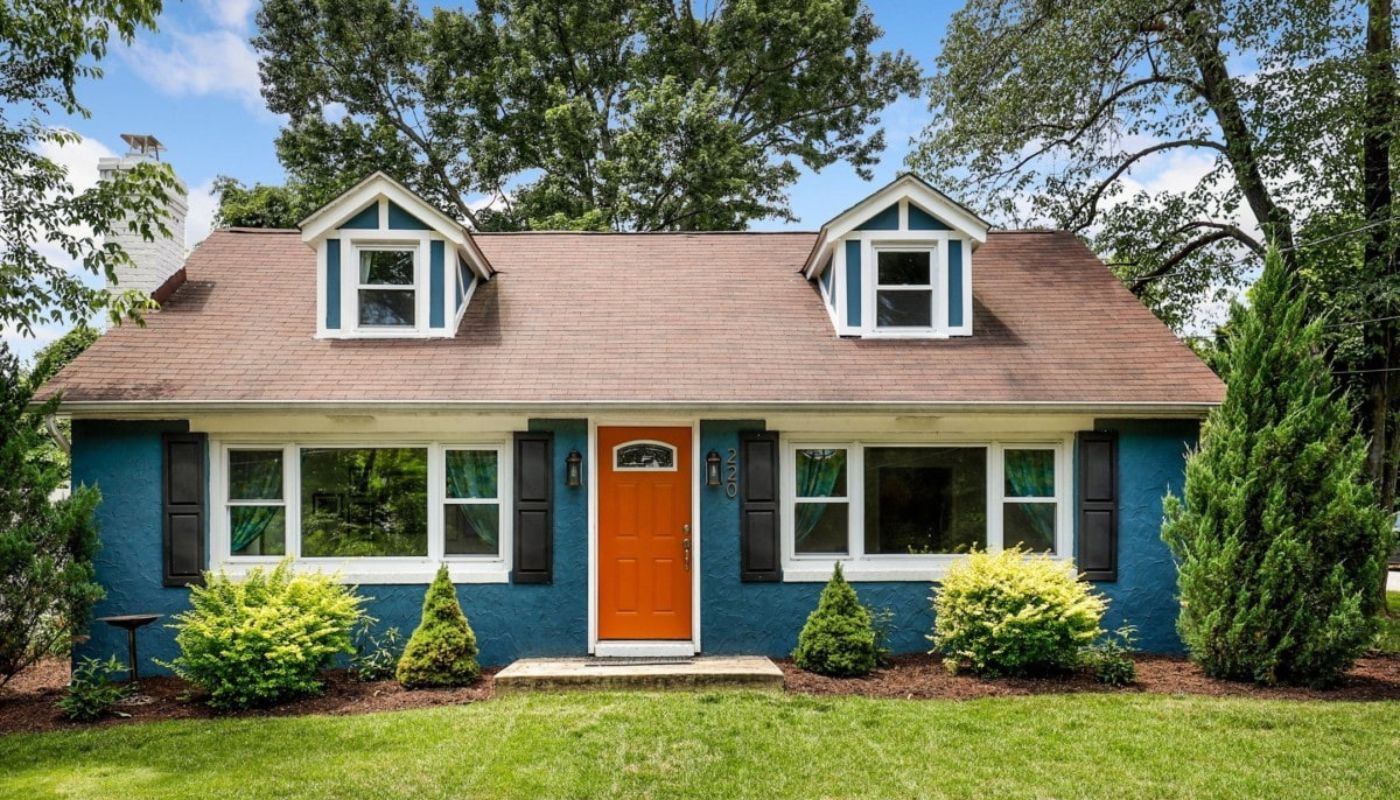

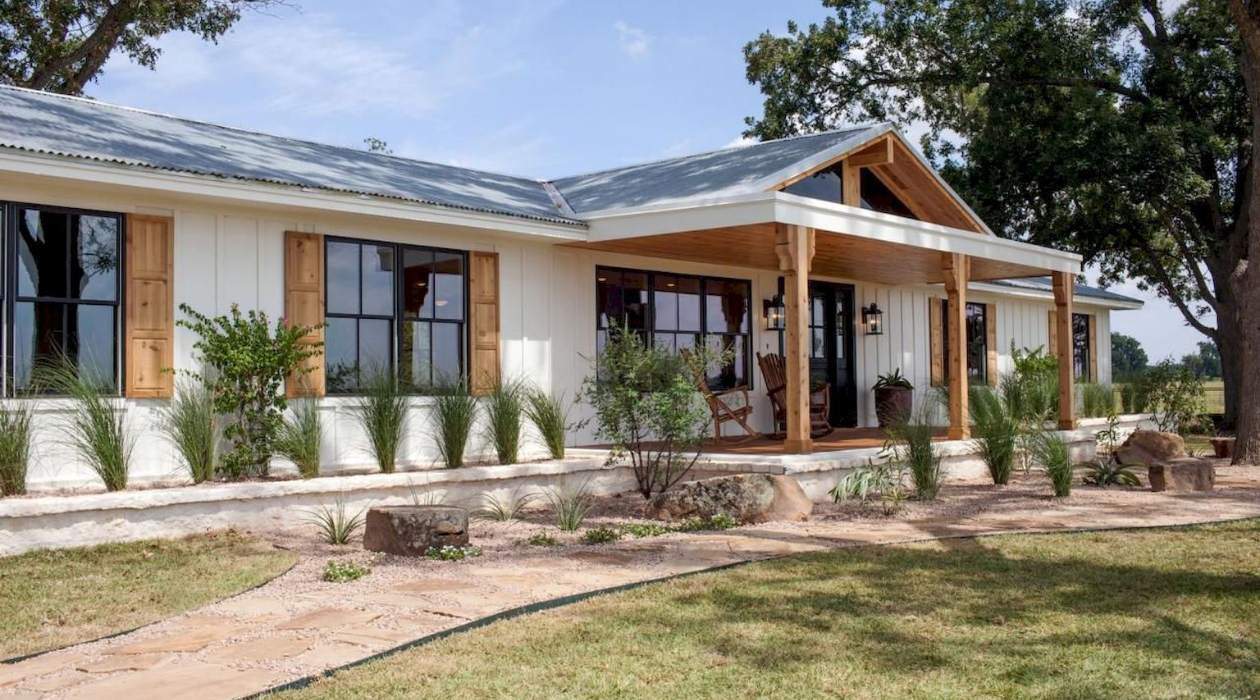
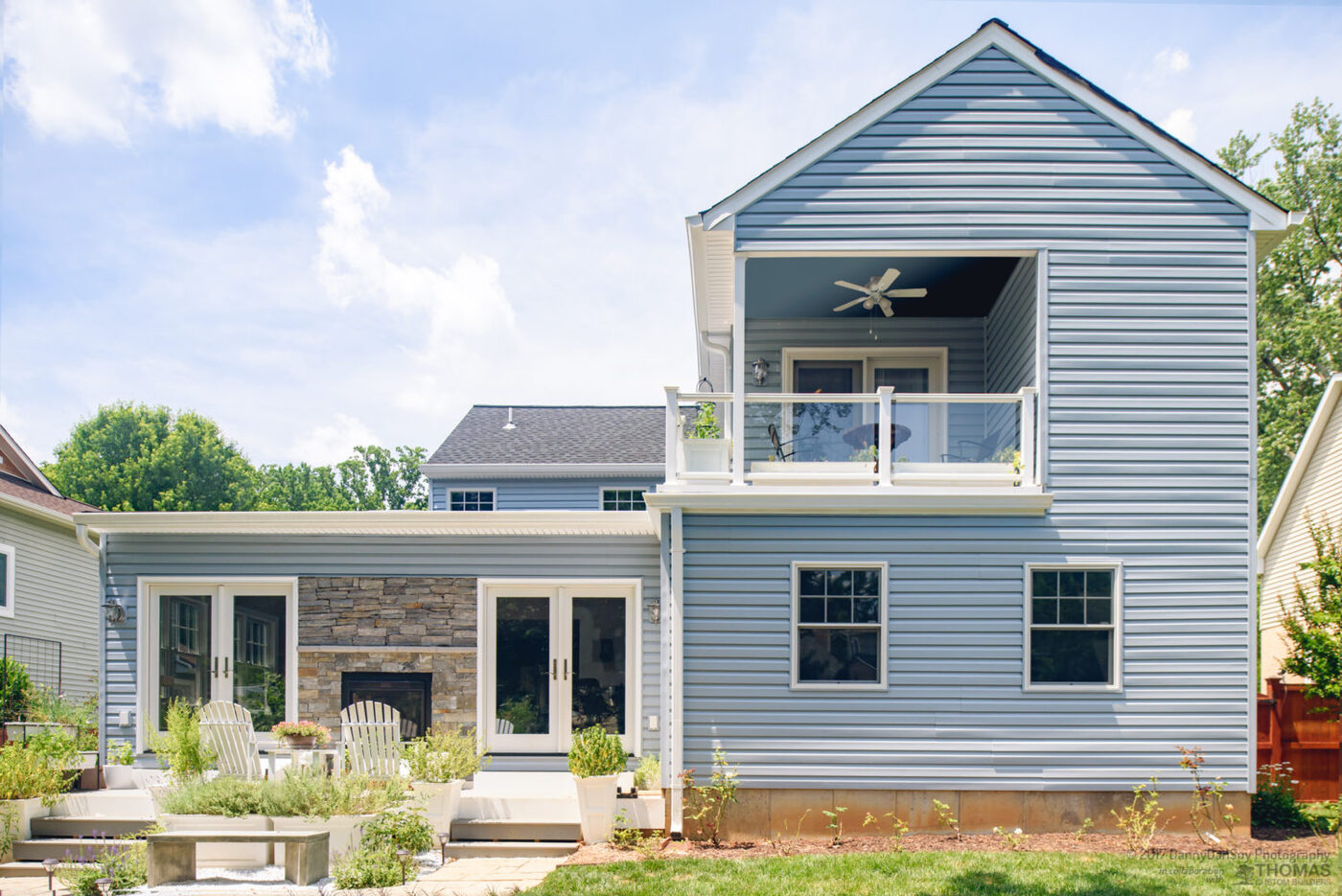

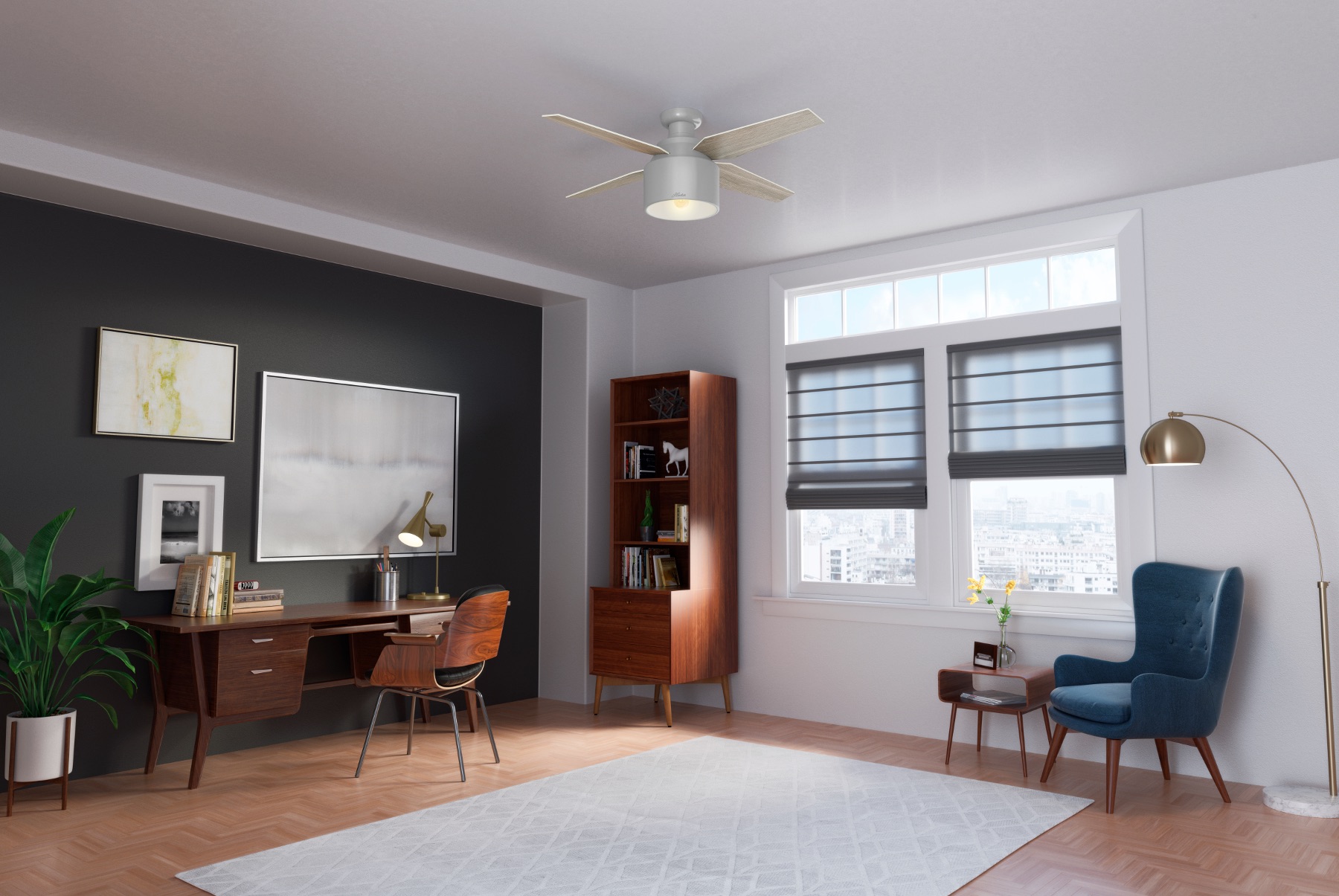
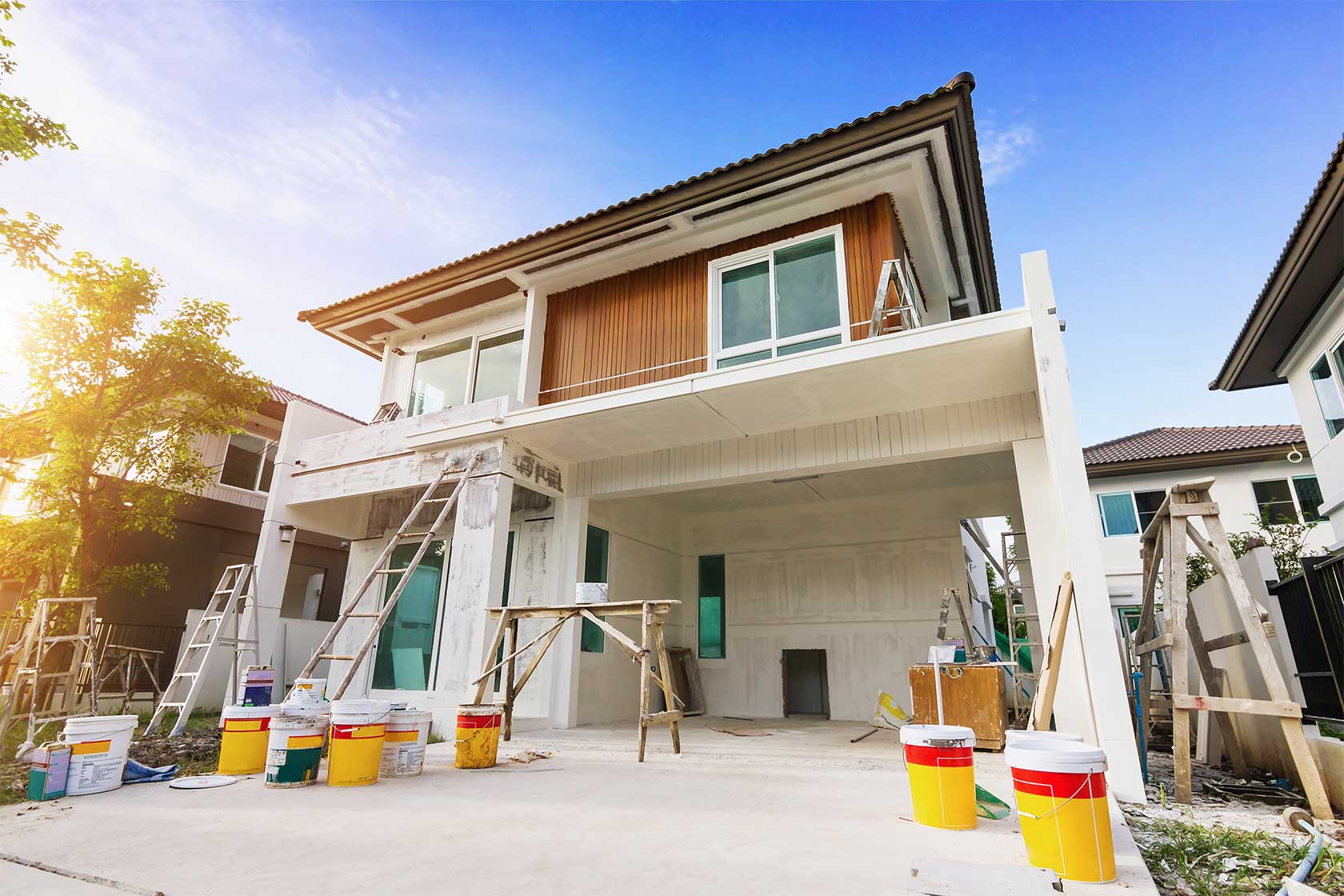

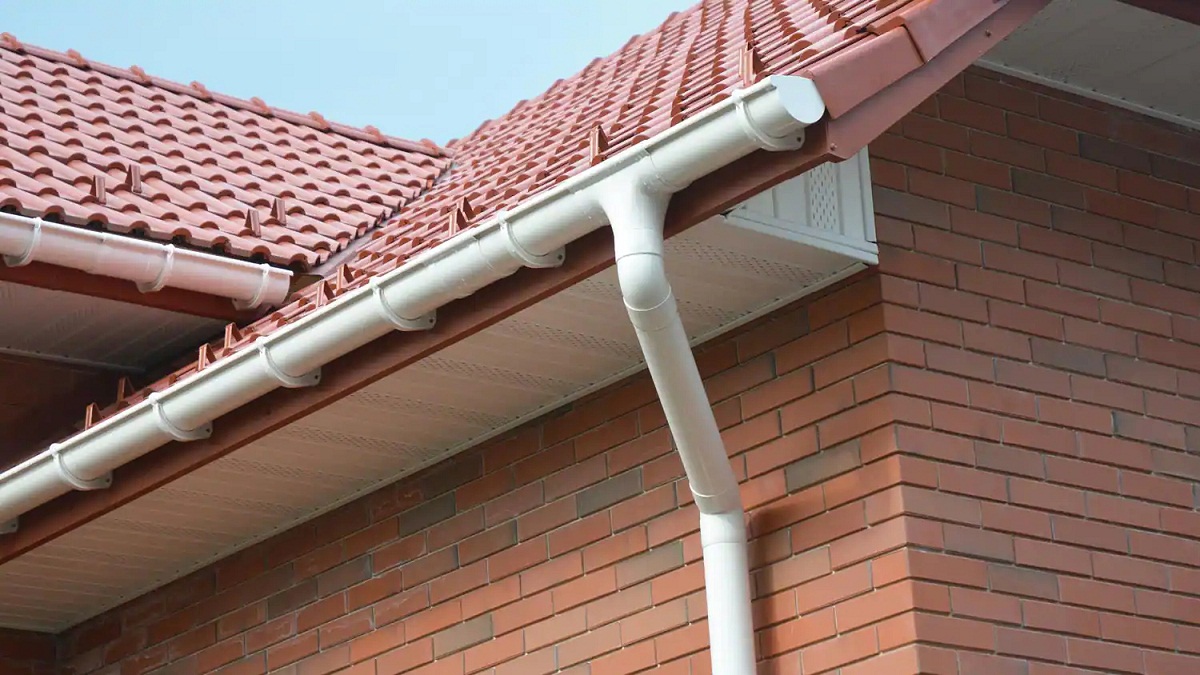




0 thoughts on “How Much To Spend On House Renovation”